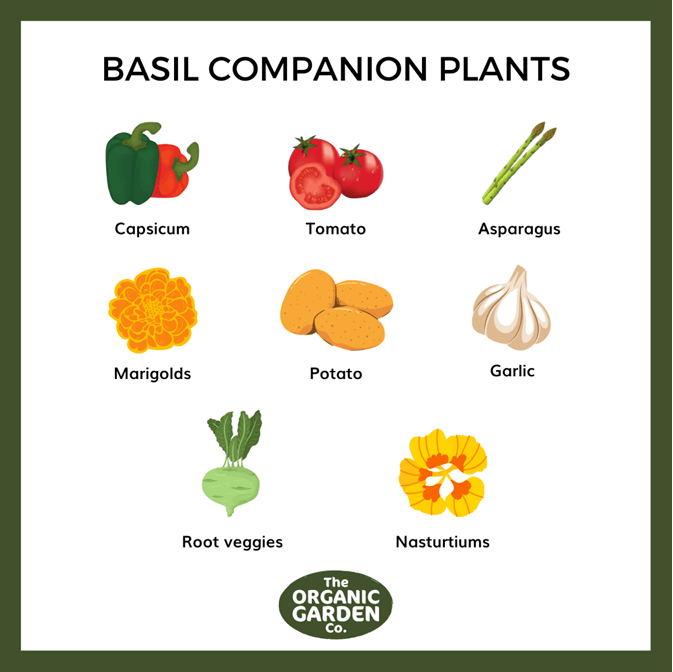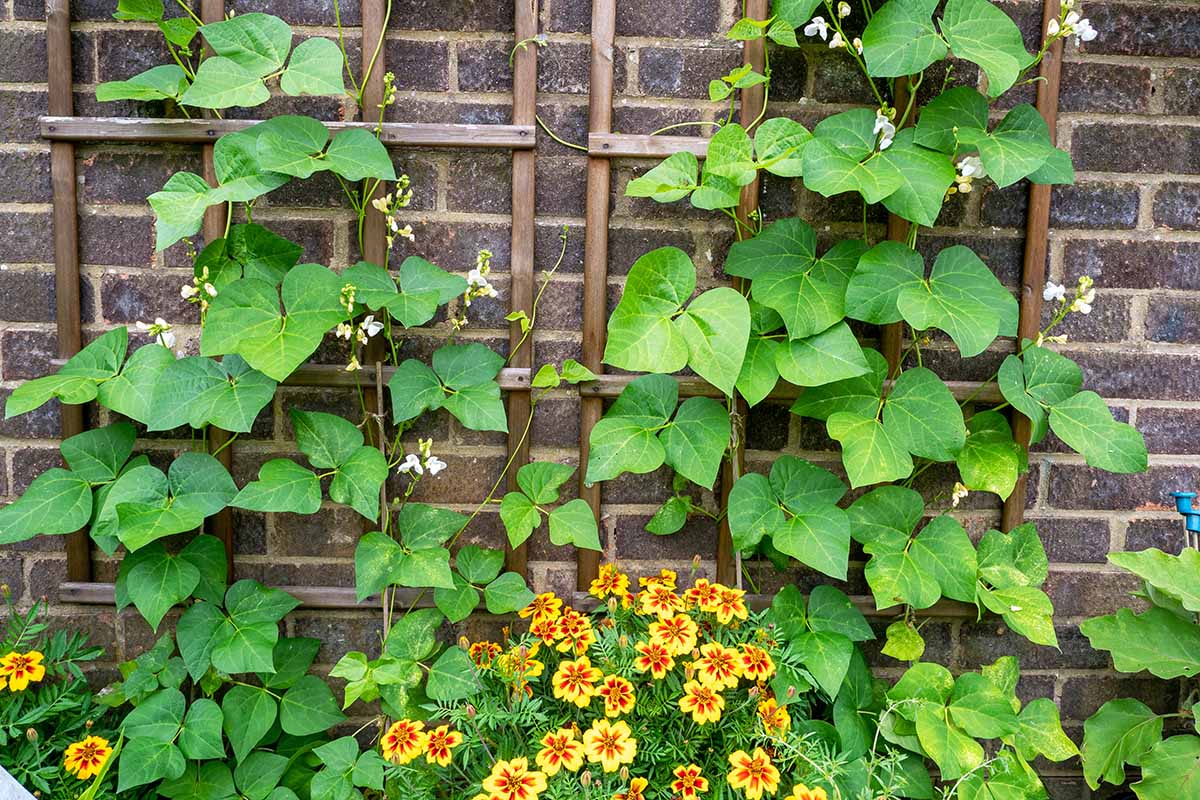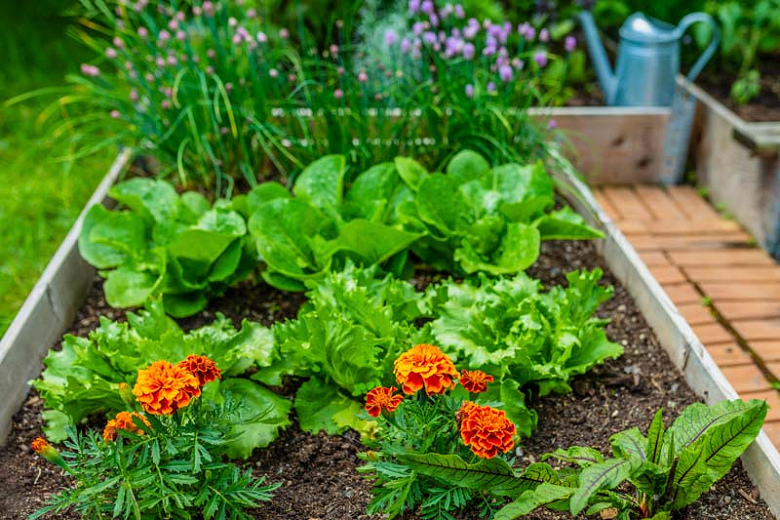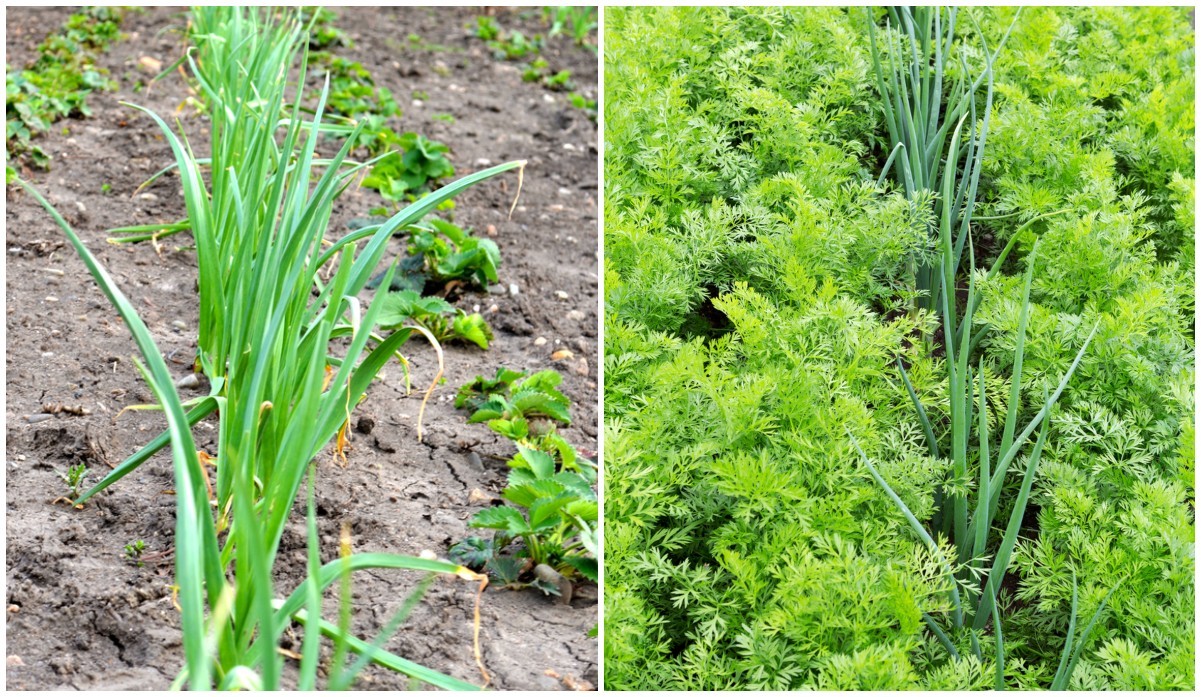The Ultimate Companion Planting Chart For Vegetables
The Ultimate Companion Planting Chart for Vegetables
Introduction
Companion planting is a gardening practice that involves planting certain types of plants together to benefit each other. This can be done to attract beneficial insects, deter pests, improve the flavor of vegetables, or simply make the garden look more attractive.
There are many different ways to companion plant, but there are some general principles that can help you get started. First, you need to consider the needs of the plants you are growing. Some plants need full sun, while others prefer partial shade. Some plants need a lot of water, while others are more drought-tolerant. Once you know the needs of your plants, you can start to think about which ones would benefit from being planted together.
There are a number of resources available to help you learn about companion planting. You can find books, articles, and websites that provide detailed information on which plants are compatible. You can also talk to other gardeners who have experience with companion planting.
Main Content
Here is a list of some of the best companion plants for vegetables:
- Basil: Basil is a great companion for tomatoes, peppers, and eggplants. It helps to repel pests and improve the flavor of these vegetables.

- Beans: Beans are nitrogen-fixing plants, which means they can help to improve the soil quality for other plants. They are also good companions for corn, as they can help to suppress weeds.

- Carrots: Carrots are good companions for onions and tomatoes. Onions help to repel carrot flies, and tomatoes provide some shade for the carrots.

- Cucumbers: Cucumbers are good companions for melons, pumpkins, and squash. These plants all have similar moisture and nutrient requirements, so they can be grown together successfully.

- Herbs: Herbs are a great way to add flavor to your vegetables, and they can also help to repel pests. Some good herbs to plant with vegetables include basil, dill, mint, oregano, and rosemary.

- Lettuce: Lettuce is a good companion for many vegetables, including carrots, tomatoes, and cucumbers. It is a fast-growing plant, so it can be harvested before it shades out other plants.

- Onions: Onions are good companions for many vegetables, including carrots, beans, and tomatoes. They help to repel pests and improve the flavor of other plants.

- Peas: Peas are good companions for corn, as they can help to suppress weeds. They are also a good source of nitrogen, which can benefit other plants in the garden.

- Potatoes: Potatoes are good companions for beans, as they can help to fix nitrogen in the soil. They are also a good source of shade for other plants.
- Squash: Squash is a good companion for corn, as they can help to suppress weeds. They are also a good source of shade for other plants.

Conclusion
Companion planting is a great way to improve the productivity and health of your vegetable garden. By planting certain types of plants together, you can attract beneficial insects, deter pests, improve the flavor of your vegetables, and make your garden more attractive.
If you are new to companion planting, I recommend starting with a few simple combinations. You can find a lot of information online and in gardening books. Once you have a few successful pairings under your belt, you can start to experiment with more complex combinations.
With a little planning, you can create a vegetable garden that is both productive and beautiful.
Are you looking for a way to improve the health and productivity of your vegetable garden? If so, you should consider companion planting. Companion planting is the practice of planting certain types of plants together to benefit each other. For example, some plants attract beneficial insects, while others help to repel pests. By planting the right combinations of plants, you can create a thriving ecosystem in your garden that will help your vegetables to grow better and be more resistant to pests and diseases.
If you're new to companion planting, you may be wondering where to start. A great resource is the Gardenia Inspiration companion planting chart. This chart lists a variety of vegetables and herbs, along with their ideal companions. You can use the chart to plan your garden and ensure that you're planting the right plants together.
In addition to the companion planting chart, the Gardenia Inspiration also has a wealth of other information about companion planting. You can find articles on how to choose the right companions, how to plant your garden, and how to care for your plants.
So if you're looking for a way to improve your vegetable garden, I encourage you to visit Gardenia Inspiration. The companion planting chart and other resources on the site will help you to create a thriving garden that will be a joy to grow.
FAQ of printable companion planting chart for vegetables
1. What is companion planting?
Companion planting is the practice of planting certain types of vegetables together to benefit each other. Some plants attract beneficial insects, while others help to deter pests. Some plants even improve the flavor of each other's fruits or vegetables.
2. What are the benefits of companion planting?
There are many benefits to companion planting, including:
- Increased crop yields
- Improved plant health
- Reduced pest and disease problems
- Increased biodiversity in the garden
- Enhanced flavor of fruits and vegetables
3. How do I use a companion planting chart?
A companion planting chart is a visual guide that shows which vegetables are compatible with each other. To use a companion planting chart, simply find the vegetables that you want to grow and see which other vegetables are listed as compatible companions. You can then plant these vegetables together in your garden.
4. Where can I find a printable companion planting chart?
There are many printable companion planting charts available online. You can also find them in gardening books and magazines.
5. What are some of the most popular companion planting combinations?
Some of the most popular companion planting combinations include:
- Beans and corn: Beans fix nitrogen in the soil, which benefits corn. Corn provides shade for beans, which helps to protect them from pests.
- Carrots and onions: Carrots repel onion pests, while onions repel carrot pests.
- Lettuce and tomatoes: Lettuce shades the roots of tomatoes, which helps to keep them cool. Tomatoes attract pollinators, which benefit lettuce.
- Peas and marigolds: Peas attract beneficial insects, while marigolds deter pests.
Image of printable companion planting chart for vegetables
This chart shows which vegetables are good companions for each other, and which ones should be avoided. It's a great way to plan your vegetable garden and ensure that your plants are happy and healthy.
This chart is a free download that you can print out and use in your garden. It's easy to read and understand, and it's a great way to learn about companion planting.
This guide provides more detailed information about companion planting. It includes information about why companion planting works, how to do it, and a list of specific companion planting combinations.
This chart is specifically designed for vegetable gardens. It shows which vegetables are good companions for each other, and which ones should be avoided. It's a great way to plan your vegetable garden and ensure that your plants are happy and healthy.
This guide is specifically for beginners. It provides simple and easy-to-understand information about companion planting. It's a great way to learn about companion planting if you're new to gardening.





Post a Comment for "The Ultimate Companion Planting Chart For Vegetables"